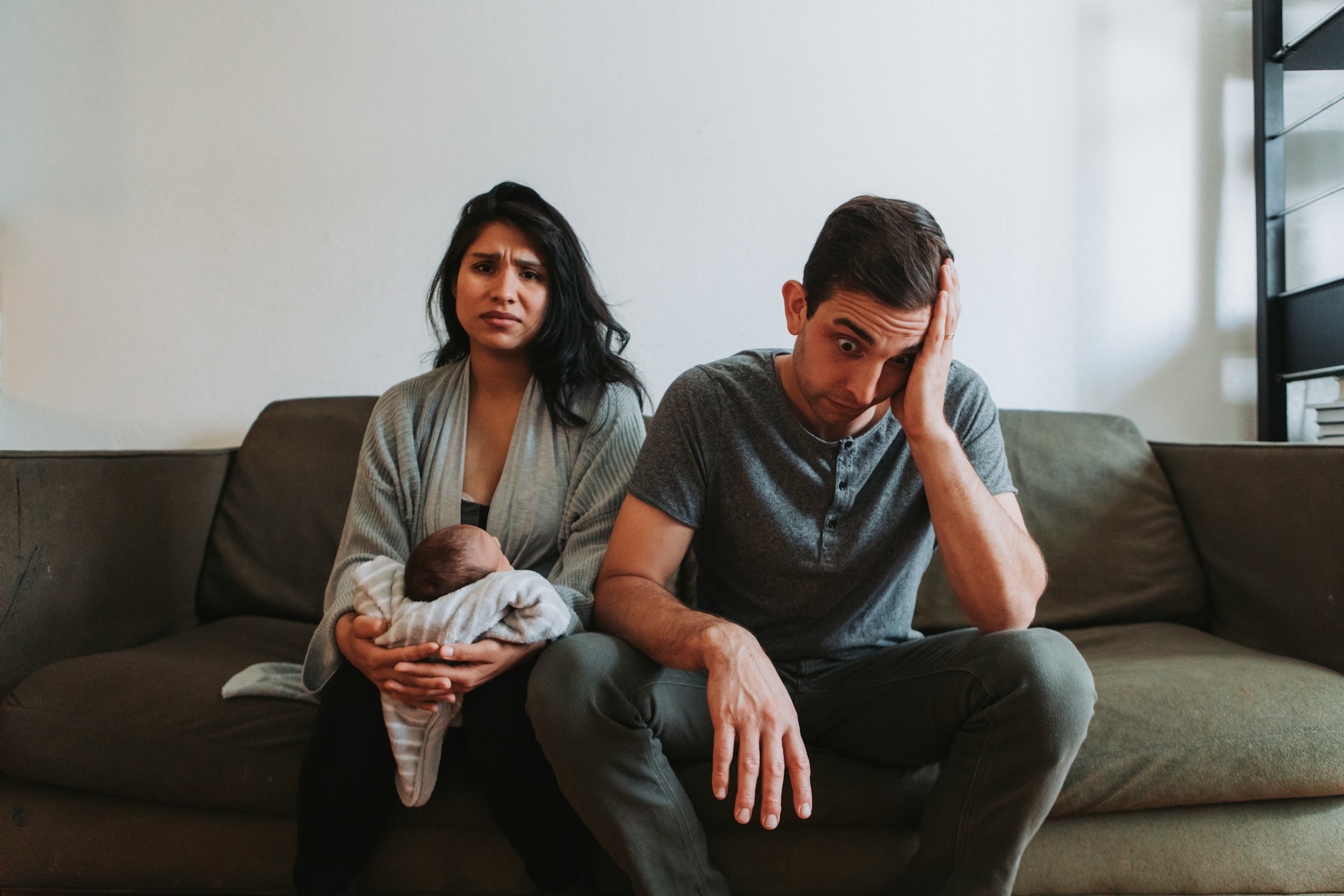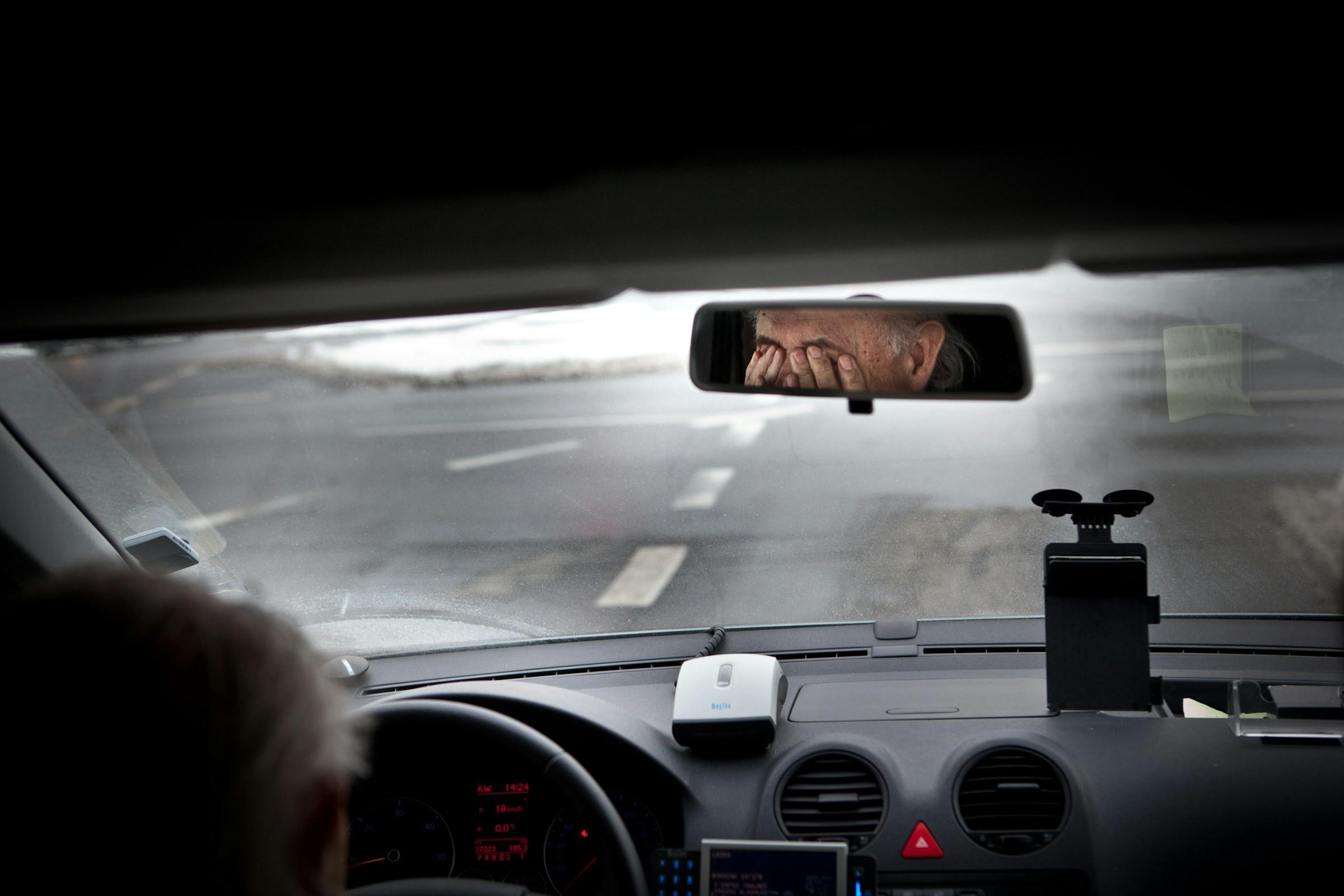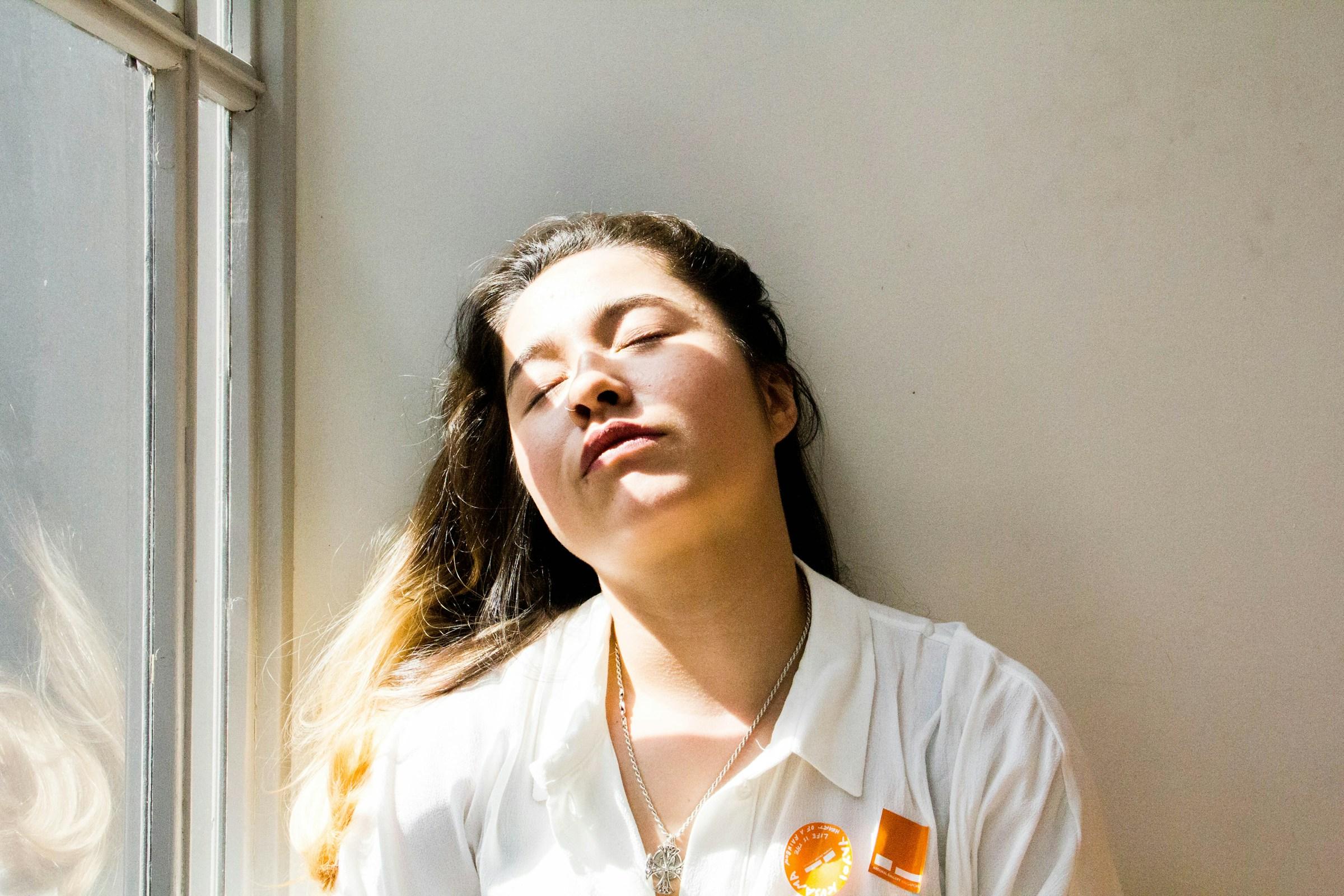Parental burnout rarely announces itself with a single crisis. It builds the way a slow leak builds, quiet at first, then relentless. A lunchbox returns home half eaten three days in a row and nobody has the attention to ask why. A damp towel lives on the back of a chair because everyone is too tired to return it to its hook. Bedtime stretches into a negotiation that takes the entire night hostage. From the outside, the house looks orderly enough. Inside, the system is running without buffers, and the people inside it begin to feel as if they are being carried along by a current they did not choose.
The architecture of this feeling is simple. It stacks without mercy. Sleep debt rests on top of emotional labor. Commute stress lands right next to school forms that need signing. A toddler cough begins the day after a deadline and lingers for a week. The calendar is full of plausible commitments that somehow leave no room for recovery. The body reports the truth before the mind will admit it. Irritability arrives first, a quick snap at a small mess that used to be a non event. Memory blurs in the grocery aisle. The sniffle that needed an early night becomes a lingering cough because rest keeps being postponed. None of this points to a flaw in character. It points to a mismatch between the design of daily life and the limits of a nervous system that cannot run at maximum output forever.
Homes have a way of amplifying stress or absorbing it. A countertop that never sheds its clutter adds twenty minutes to meal prep and turns an ordinary evening into a race. A laundry routine that depends on one person’s vigilance becomes a weekly argument that no one wants to revisit. Hallways painted bright and lit harshly keep everyone on alert during the hour when bodies should be winding down. Design is more than furniture and paint. It is how tasks are shared, where objects live, what the light invites, and which habits the space rewards without any speech. When these choices drift, when they accumulate by accident instead of intention, the home begins to work against the people who need it to hold them.
The impact of parental burnout is often measured in moods, but its deepest cost is belonging. Burnout reduces the patience that curiosity requires, so children bring fewer questions and receive flatter answers. Evenings compress into logistics, and intimacy slips into the margins. Weekends feel like debt collection rather than renewal. Families begin to move like parallel errands rather than a unit with a shared rhythm. The small jokes disappear first. Then the shared meals slip away. The parent who used to sing in the car falls quiet. The house loses its music and no one knows when it happened.
Repair rarely begins with a grand plan. It begins with inventory of a very different sort. Not the cupboards and drawers, but the peaks and valleys of energy across an ordinary day. Where does the morning spike, and where does it stall. Which corner collects the items that do not have a home. Which task lives only in one person’s head and therefore becomes invisible to everyone else. This kind of noticing does not accuse anyone. It reveals what the system rewards. Most families learn that they over index on urgency and under index on buffers. A buffer is the space between a task and a meltdown. It can be a bin by the door that catches the items that want to migrate. It can be a rule that weeknight dishes do not aspire to perfection, only to done. It can be an agreement that Friday dinners are deliberately simple because the week has taken enough already.
Light is the gentlest lever and often the most forgiving. Morning light asks for clarity. A warm task lamp over the breakfast counter can help people land in the day without glare. Evening light asks for softness. Lamps placed at hip height invite voices to drop and footsteps to slow. When light changes, behavior follows. Children mirror the signals they receive, and adults are not immune to the same cues even if they pretend otherwise. A single dimmer switch can feel like permission to stop performing and start unwinding. Burnout does well in homes that hold one brightness from dawn to midnight. The body forgets when to rise and when to release. Light can teach the difference without a single speech.
Sound is another quiet teacher. Many homes think of sound as volume and speakers, but sound is also a ritual that rescues attention. A soft playlist that repeats every evening tells the nervous system that it is safe to let the day go. The small clink of cups at the same time each morning allows everyone to step into a familiar pattern. Silence matters too. A quiet hour on weekend afternoons that belongs to everyone is not an indulgence. It is a shared rule that needs no apology. When silence is institutionalized, nobody has to ask for it, and the guilt that often fuels burnout loses a reliable source.
Storage is not a neutral choice when energy is limited. If school bags live on dining chairs, dinner begins with a scavenger hunt, and a simple meal becomes a weary obstacle course. If laundry baskets sit in a hallway that everyone must pass, folding becomes a casual group effort that happens by accident. If art supplies are visible and easy to return, creativity no longer competes with cleanup, it cooperates with it. The goal is not relentless organization for the sake of a tidy photograph. It is visible homes for the items that appear every day. Deep drawers hide things that need to remain in the light. Burnout fades when the house makes the right action the easiest action.
Mealtimes set the tone for family life more than almost any other routine. Perfect dinners exhaust parents more than they impress children. A home that rotates three simple weeknight meals trades novelty for reliability, and reliability lowers decision fatigue. Decision fatigue is a quiet accelerant for burnout. Weekend cooking can shift from performance to preparation. A pot of rice turns into three meals. A tray of roasted vegetables becomes a base that supports multiple evenings. The smallest luxury is often a bowl that requires no defense. The healthiest choice is always the one that actually happens.
Sleep is recovery and choreography at once. Bedtime battles multiply when rooms work against circadian rhythm. Screens that linger in bedrooms carry adrenaline into the hour that belongs to oxytocin. Thick curtains that shut out early light support parents who wake before dawn and children who wake too soon. A chair by the crib transforms a long night into something a little less brutal because a tired back has a place to rest. Compassion for the body is design, not sentiment. Burnout loosens when the home treats rest as infrastructure rather than a reward to be earned.
Calendars tell quiet stories about power and care. When one parent’s job dictates every pickup, resentment begins to grow at the edges. When appointments live entirely in one person’s head, a missed form feels like personal failure instead of system failure. A household calendar, even a paper version on the fridge, externalizes the load. Shared color codes turn obligations into visible facts. When a child can see that Thursday brings a late pickup and Friday morning is soft, they learn the shape of time in a way that steadies everyone. The impact of burnout shrinks when the invisible becomes shared.
Rituals repair identity because they turn ordinary moments into small ceremonies. The daily walk after dinner, the Saturday morning open window for fresh air, the candle that tells the room it is the weekend, the tea tray that appears when school shoes come off, these gestures ask little and give a lot. None of them require perfect attendance. Their power is in repetition without pressure. Children begin to trust that even hard weeks will contain familiar anchors. Parents begin to trust themselves again. Burnout bends when life becomes legible and a little bit predictable for the right reasons.
Honesty can be a design choice. Many homes run on unspoken expectations that everyone understands but no one has agreed to. A twelve minute reset after work allows the arriving parent to wash hands, change clothes, and drink water before any conversation. A rule that whoever cooks does not clean prevents evening resentment. A Sunday check in looks at the week as it is, not as it should be. These are not commands or a list of demands. They are guardrails that reduce friction and make kindness easier to deliver. The house learns to carry some of the weight so that people can carry each other.
Community is an energy source that modern families forget to tap. Asking a neighbor to share a school run once a week is not a failure. Sending a freezer meal to a friend who had a hard day is not charity. It is circulation. When homes open small windows to each other, both sides breathe better. Burnout isolates and then convinces everyone that isolation is the only available choice. Sharing breaks that seal. In many cultures, aunties and uncles without blood ties fill this role naturally. Urban schedules and narrow routines have made these ties feel optional. They are not. They are the scaffolding that keeps ordinary stress from turning into something unmanageable.
Stuff multiplies when time shrinks. Toys without zones spread to every room. Kitchen gadgets promise speed and deliver clutter. Purchases made out of guilt sit in corners and glare. Decluttering as an event drains emotion. Decluttering as a weekly sweep with a single question is gentler. Does this item support a ritual we actually use. If yes, it stays. If no, it moves to a waiting box that leaves the house once a month. Decisions shrink to a size the nervous system can tolerate. In a tired home, that is the only size that works.
Work that once lived outside now enters the home through a laptop and refuses to leave without ceremony. A dining table that becomes a desk needs a closing ritual or the day never ends. A tray that holds laptop, mouse, and notebook turns a work zone back into a meal space in seconds. A small plant that sits on the table during dinner tells everyone that the area belongs to family again. Visual markers do emotional work that words cannot perform at the end of a long day. They help the brain accept that one role can pause while another role begins.
Children are not obstacles to design, they are collaborators with clear ideas about flow. A hook at child height teaches independence and removes the daily search for a backpack. A shelf that lets a child plate a snack creates pride and reduces interruptions. A simple bedtime card that illustrates pajamas, brush, story, lights transforms arguments into a sequence. The home becomes a teacher, and that is one of the most generous roles it can play.
Parental burnout hides inside cultural stories that praise sacrifice and rarely mention sustainability. A better story says that the parent’s nervous system is part of the architecture of the home. When that system is regulated, children feel safer and partners feel kinder. When that system is fried, everyone pays. Choosing a smaller weekend plan that allows for a nap is not a failure. Repeating a simple meal plan is not laziness. Turning down another activity because the week cannot hold it is not deprivation. It is stewardship of the atmosphere that everyone breathes.
There will be seasons when even the best systems strain. Newborn months bend every rule. Illness spreads through a family and takes patience with it. Exams and job transitions stretch the calendar beyond its limits. Those periods ask for fewer goals and more grace. A home with gentle defaults will flex instead of breaking. Lights soften at night, a familiar playlist signals quiet, a bin by the door catches what cannot be carried back to rooms, a freezer holds meals that rescue the last hour of a long day. Small things, repeated, shape the felt experience of being a family under load.
If you are reading this with heavy eyes, begin with a gesture that requires no new personality. Move a lamp to a better corner so the evening feels softer. Place lunchboxes beside the kettle so mornings become a single flow. Put two laundry baskets in the hallway that annoys everyone and let folding happen as people pass. Ask for one swap in the calendar that creates an hour of real recovery. Allow the house to carry you for a little while. You are not weak for needing this. You are building a system that can hold ordinary life without tearing.
Rebuilding rhythm does not look dramatic and it does not perform well on camera. It looks like the same simple dinner on a Thursday without apology. It sounds like an early night that no one has to justify. It feels like a deep breath that lands low in the ribs for the first time in weeks. Burnout loves drama and speed. Healing chooses repetition and gentleness. The house you live in can teach the habits you want to repeat. Let it teach ease. Let it teach shared weight. Let it teach that everyone inside is allowed to be human, even when the world outside keeps asking for more.
In the end, everything we repeat becomes the way we live. The light dims, the playlist starts, the towel returns to its hook, the day comes to a kind close. A family does not need perfection to feel safe and connected. It needs rhythm that respects limits and rituals that return, even after a messy week. Parental burnout does not stand a chance when the home learns to be a partner in care, and when care becomes the language spoken by the space itself.




.jpg&w=3840&q=75)



-1.jpg&w=3840&q=75)





